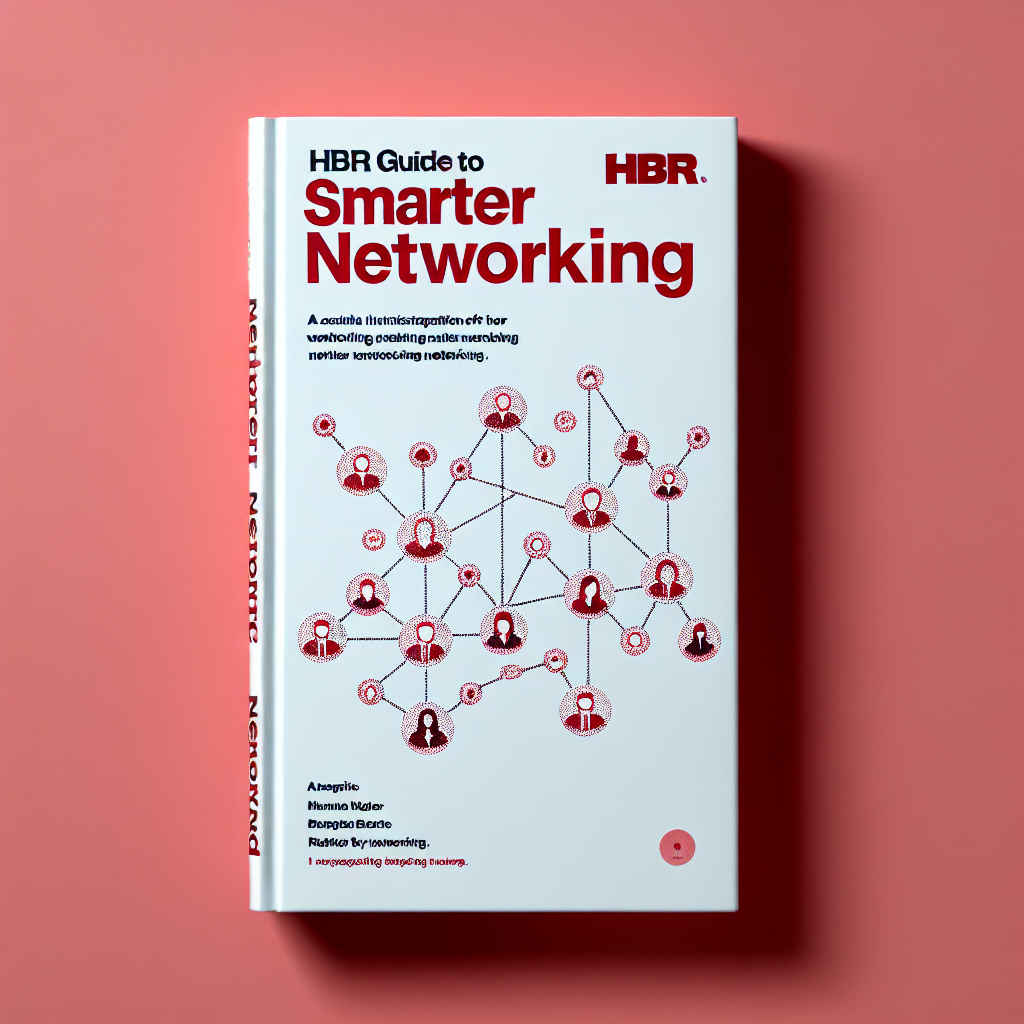
Welcome to today's lecture on Venture Capital Contracts, where we will delve deeper into some of the crucial aspects of these contracts. Building on our previous discussion, we'll explore anti-dilution provisions, participation rights, control rights, milestone-based funding, and exit strategies. These elements are vital for both entrepreneurs and venture capitalists (VCs) as they navigate the complexities of financing high-growth startups.
Definition: Anti-dilution provisions are mechanisms designed to protect investors from dilution in the value of their ownership when a company issues additional shares at a lower price than in prior rounds.
Key Concepts:
- Full Ratchet Anti-Dilution: Adjusts the conversion price to the price of the new financing round, ensuring that early investors maintain their percentage ownership.
- Weighted Average Anti-Dilution: Provides a more balanced approach by adjusting the conversion price based on the total number of shares before and after the new issuance.
Example: Consider a company with 2 million shares, half owned by founders and half by VCs. If the company issues 50,000 new shares at a lower price, full ratchet and weighted average methods will produce different outcomes for investor ownership percentages, significantly impacting the founders' equity stake.
Implications: These provisions incentivize founders to increase the company's value and align the interests of investors and entrepreneurs, reducing the risk of "wash out" financing.
Types:
- First Refusal Rights: Allow investors the first opportunity to purchase shares being sold by other shareholders.
- Preemptive Rights: Enable investors to maintain their proportional ownership in subsequent financing rounds.
Current Trends: In today's market, it's common for investors to secure rights to purchase up to twice their pro-rata ownership in later rounds, ensuring they can maintain or increase their influence as the company grows.
Objective: Control rights are negotiated to determine who has the authority to make crucial decisions, especially when the company faces challenges or opportunities.
Key Components:
- Voting Rights: Typically, preferred shareholders vote as if their shares had been converted to common stock. VCs often hold a majority of the voting power before a company goes public.
- Board Representation: VCs usually occupy a significant portion of the board, ensuring they can influence strategic decisions, especially during tough times.
Protective Provisions: These provisions give investors veto power over critical decisions like mergers, charter amendments, or changes in senior management, allowing them to safeguard their investment against decisions that might increase the company's risk profile.
Performance Contingencies: Milestones can be financial (e.g., revenue targets) or non-financial (e.g., FDA approval), triggering additional funding or shifts in control depending on whether these targets are met.
Current Environment: A majority of deals today include milestone-based tranches, meaning that funding is released in stages as the company meets specific goals, aligning the interests of both VCs and entrepreneurs.
Types of Exit Rights:
- Tag-Along: If one shareholder sells, the offer must be extended to others, ensuring fair treatment for minority investors.
- Drag-Along: Allows majority shareholders to force a sale of the company, ensuring a unified exit strategy.
- Co-Sale Right: Ensures VCs can exit alongside founders at the same time and on the same terms, preventing scenarios where founders exit and leave VCs behind.
Objective: To align employees' interests with the company's success by offering equity incentives, while also protecting the company's long-term interests through vesting schedules and non-compete clauses.
Vesting Schedules: Typically, stock vests over 3-4 years, creating "golden handcuffs" that encourage key employees to stay with the company.
Stock Restriction Agreements: These agreements allow the company to buy back unvested shares if an employee leaves, preventing significant equity from leaving the company prematurely.
Purpose: SCC acts as both a control mechanism and a signaling tool. By funding companies in stages, VCs can monitor progress and decide whether to continue investing, while entrepreneurs are incentivized to achieve milestones before raising more capital.
Example: In a scenario where a company needs $10M initially and $20M later, SCC allows the entrepreneur to raise funds incrementally, reducing dilution and allowing for better terms if the company performs well.
In summary, venture capital contracts are complex and carefully structured to balance risk and reward between entrepreneurs and investors. Understanding these elements—anti-dilution provisions, control rights, milestone funding, and exit strategies—is crucial for anyone involved in entrepreneurial finance. As we continue our exploration of venture capital, these concepts will provide a foundation for analyzing real-world investment scenarios and case studies.









